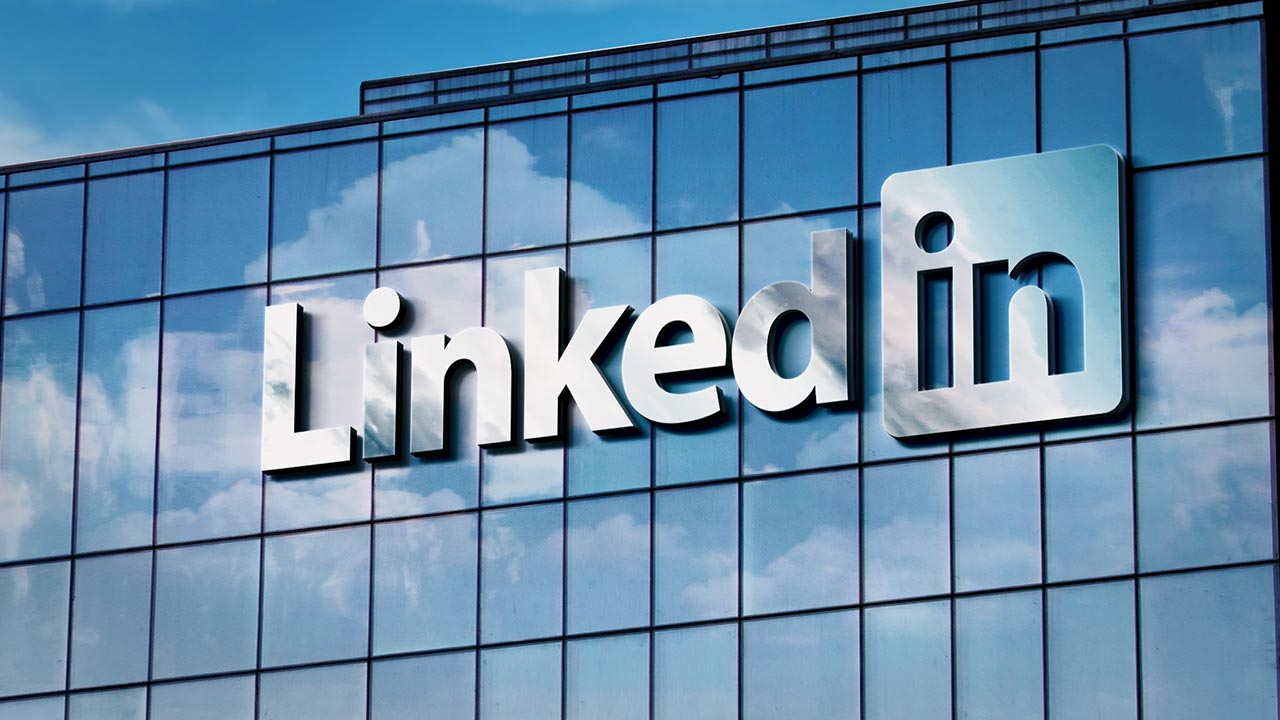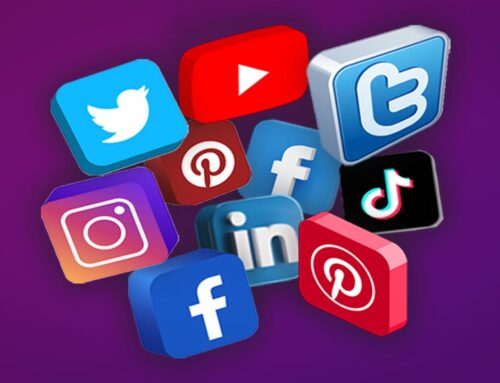Leverage LinkedIn to Connect with Customers
Social media platforms have become indispensable tools for businesses to connect with their target audience. Among these platforms, LinkedIn stands out as a powerhouse for professional networking and B2B marketing. As an expert in Innovation and Technology Management, I can attest to the immense potential LinkedIn offers for businesses looking to forge meaningful connections with customers. This quick read article will delve into the intricacies of leveraging LinkedIn to connect with customers effectively. We’ll explore various strategies, best practices, and innovative approaches that can help you harness the full power of this platform. From optimizing your company profile to creating engaging content and utilizing LinkedIn’s advanced features, you’ll gain valuable insights into building a robust presence on the platform. By the end of this article, you’ll have a thorough understanding of how to use LinkedIn as a strategic tool for customer engagement, lead generation, and brand building. Whether you’re a startup founder, a marketing professional, or a seasoned entrepreneur, the knowledge gained here will empower you to transform your LinkedIn presence and drive tangible business results. So, buckle up and get ready to unlock the full potential of LinkedIn for your business.
Table of Contents
- Optimizing Your LinkedIn Company Profile
- Creating Engaging Content
- Building and Nurturing Relationships
- Utilizing LinkedIn’s Advanced Features
- Measuring and Analyzing Performance
- Top 5 Frequently Asked Questions
- Final Thoughts
- Resources
Optimizing Your LinkedIn Company Profile
Crafting a Compelling About Section
Your company’s About section is the cornerstone of your LinkedIn presence. It’s often the first thing potential customers will read when they land on your profile. To make a lasting impression, focus on:
- Clearly articulating your value proposition: Explain what sets your company apart and how you solve customer pain points.
- Using keywords strategically: Incorporate relevant industry terms to improve searchability.
- Telling your brand story: Share your company’s mission, vision, and values to create an emotional connection.
Remember, the About section should be concise yet comprehensive, giving readers a clear understanding of who you are and what you offer.
Showcasing Products and Services
LinkedIn’s Products & Services showcase is a powerful feature that allows you to highlight your offerings directly on your company page. To maximize its impact:
- Create detailed product descriptions: Provide comprehensive information about each product or service, including key features and benefits.
- Include customer testimonials: Incorporate social proof by featuring positive feedback from satisfied clients.
- Update regularly: Keep your showcase current by adding new products and removing outdated ones.
By effectively utilizing this feature, you can provide potential customers with a clear overview of your offerings, increasing the likelihood of engagement and inquiries.
Leveraging Visual Content
Visual content is crucial for capturing attention and conveying information quickly. On your LinkedIn company profile:
- Use a high-quality banner image: Create a custom banner that reflects your brand identity and value proposition.
- Share infographics and data visualizations: Present complex information in an easily digestible format.
- Showcase company culture through photos and videos: Give potential customers a glimpse into your organization’s personality and work environment.
Visual content not only makes your profile more engaging but also helps in building brand recognition and trust.
Creating Engaging Content
Developing a Content Strategy
A well-defined content strategy is essential for consistently delivering value to your audience on LinkedIn. Consider the following:
- Define your target audience: Understand who your ideal customers are and what content they find valuable.
- Establish content pillars: Identify 3-5 key themes that align with your expertise and customer interests.
- Create a content calendar: Plan your posts in advance to ensure a steady stream of relevant content.
By developing a robust content strategy, you can maintain a consistent presence on LinkedIn and build a reputation as a thought leader in your industry.
Utilizing Different Content Formats
LinkedIn supports various content formats, each with its unique strengths. Experiment with:
- Text posts: Share industry insights, company news, and thought leadership articles.
- Images and infographics: Present data and concepts visually to increase engagement.
- Videos: Create product demos, behind-the-scenes footage, or expert interviews.
- Documents: Share whitepapers, case studies, or presentations to showcase your expertise.
By diversifying your content formats, you can cater to different learning styles and preferences within your audience.
Encouraging Employee Advocacy
Empower your employees to become brand ambassadors on LinkedIn:
- Develop clear social media guidelines: Provide employees with best practices for sharing company content.
- Create shareable content: Make it easy for employees to distribute company updates and achievements.
- Recognize and reward participation: Acknowledge employees who actively contribute to your LinkedIn presence.
Employee advocacy can significantly expand your reach on LinkedIn, as content shared by employees typically receives higher engagement than company-shared content.
Building and Nurturing Relationships
Identifying and Connecting with Prospects
LinkedIn’s advanced search features make it easier than ever to find potential customers:
- Use Boolean search operators: Refine your search results to find the most relevant prospects.
- Leverage mutual connections: Seek introductions through shared connections to warm up cold outreach.
- Join relevant LinkedIn groups: Participate in industry-specific groups to connect with potential customers.
Remember, the key to successful networking on LinkedIn is to focus on quality over quantity. Aim for meaningful connections rather than simply growing your network.
Engaging in Meaningful Conversations
Once you’ve connected with prospects, it’s crucial to engage them in valuable conversations:
- Personalize your outreach: Reference shared interests or experiences when initiating contact.
- Provide value before asking for anything: Share insights, resources, or introductions that benefit your connections.
- Be responsive: Reply promptly to messages and comments to maintain momentum in conversations.
By focusing on building genuine relationships, you can establish trust and credibility with potential customers.
Leveraging LinkedIn Groups
LinkedIn Groups offer a unique opportunity to connect with like-minded professionals:
- Participate actively: Share insights, answer questions, and engage in discussions regularly.
- Create your own group: Establish a community around your area of expertise to position yourself as a thought leader.
- Use groups for market research: Gain valuable insights into customer pain points and industry trends.
Groups can be a goldmine for building relationships and establishing your brand as an authority in your field.
Utilizing LinkedIn’s Advanced Features
LinkedIn Ads and Sponsored Content
LinkedIn’s advertising platform offers powerful targeting options:
- Sponsored Content: Boost your best-performing posts to reach a wider audience.
- InMail campaigns: Send personalized messages directly to prospects’ LinkedIn inboxes.
- Dynamic ads: Create highly personalized display ads based on user profile data.
By leveraging LinkedIn’s advertising features, you can amplify your reach and connect with potential customers who may not have discovered you organically.
Sales Navigator for Targeted Outreach
Sales Navigator is LinkedIn’s premium tool for sales professionals:
- Advanced lead and company search: Find the right prospects with precision.
- Lead recommendations: Discover new potential customers based on your preferences.
- CRM integration: Sync your LinkedIn activities with your existing CRM system.
This powerful tool can significantly enhance your ability to identify and connect with high-value prospects on LinkedIn.
LinkedIn Live for Real-Time Engagement
LinkedIn Live allows you to broadcast live video content to your network:
- Host Q&A sessions: Engage directly with your audience and address their questions in real-time.
- Conduct product demos: Showcase your offerings and highlight key features live.
- Stream industry events: Share valuable content from conferences or company events.
Live video can create a sense of immediacy and authenticity, helping you build stronger connections with your audience.
Measuring and Analyzing Performance
Key Metrics to Track
To gauge the effectiveness of your LinkedIn strategy, monitor these key metrics:
- Engagement rate: Measure likes, comments, and shares on your content.
- Follower growth: Track the increase in your company page followers over time.
- Website traffic: Monitor the number of visitors coming to your site from LinkedIn.
- Lead generation: Measure the number of leads generated through LinkedIn activities.
Regularly reviewing these metrics will help you understand what’s working and where there’s room for improvement.
Using LinkedIn Analytics
LinkedIn provides robust analytics tools for company pages:
- Visitor analytics: Understand who’s viewing your page and content.
- Update analytics: Gain insights into the performance of your posts.
- Follower analytics: Learn more about your audience demographics and interests.
Leverage these insights to refine your content strategy and improve your overall LinkedIn performance.
Iterating and Improving Your Strategy
Based on your analytics:
- Identify top-performing content: Create more of what resonates with your audience.
- Experiment with posting times: Find the optimal times to share content for maximum engagement.
- Refine your targeting: Adjust your approach based on which audience segments are most responsive.
Remember, success on LinkedIn is an ongoing process. Continuously analyze, learn, and adapt your strategy for the best results.
Top 5 Frequently Asked Questions
Final Thoughts
Leveraging LinkedIn to connect with customers is not just about broadcasting your message; it’s about building meaningful relationships and providing value to your network. The most important takeaway from this article is that success on LinkedIn requires a strategic, consistent, and authentic approach. By optimizing your company profile, creating engaging content, nurturing relationships, utilizing advanced features, and continuously analyzing your performance, you can transform LinkedIn from a simple networking platform into a powerful engine for business growth. Remember, the key to success lies in understanding your audience, delivering value, and fostering genuine connections. As you implement these strategies, always keep your customers’ needs and interests at the forefront. With patience, persistence, and a commitment to excellence, you can harness the full potential of LinkedIn to connect with customers, drive engagement, and achieve your business objectives.
Resources
- LinkedIn Marketing Solutions Blog
- HubSpot’s LinkedIn Marketing Guide
- Social Media Examiner’s LinkedIn Marketing Articles
- LinkedIn’s Official Marketing Partners
- Content Marketing Institute’s LinkedIn Tactics









Leave A Comment